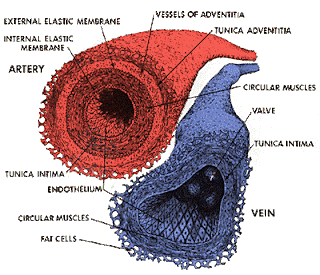The International Thermonuclear Experimental Reactor (Iter) will be the most expensive joint scientific project after the International Space Station. It is an engineering proposal for an experimental project that will help to make the transition from today's studies of plasma physics to future electricity-producing fusion power plants. The Iter programme had been held up for over 18 months as parties tried to broker a deal between the two rivals; Japan and France.Finally France got to host the project to build a 10bn-euro (£6.6bn) nuclear fusion reactor, in the face of strong competition from Japan. Nuclear fusion is seen as a cleaner approach to power production than nuclear fission and fossil fuels. Officials from a six-party consortium signed the deal in Moscow on June 28, 2005, for the reactor's location at the Cadarache site in southern France. The construction began by the end of 2005 and the first plasma operation is expected in 2018. The European Union, the United States, Russia, Japan, South Korea and China are partners in the project.
The objective of the ITER machine is to demonstrate the scientific feasibility of fusion, with extended controlled burn and, marginally, ignition, for a duration sufficient to achieve stationary conditions on all time-scale characteristics of plasma processes and plasma-wall interactions. To do so the installation will produce 500 MW of fusion power during pulses of at least 400 seconds. According to the ITER consortium, fusion power offers the potential of being environmentally benign, widely applicable and essentially inexhaustible electricity, properties that they believe will be needed as world energy demands increase while simultaneously greenhouse gas emissions must be reduced, justifying the expensive research project. The basic fuels - deuterium and lithium – and the reaction product - helium - are not radioactive. The intermediate fuel – tritium – is radioactive and decays very quickly, producing a very low energy electron (Beta radiation). In air, this electron can only travel a few millimetres and cannot even penetrate a piece of paper. Nevertheless, tritium would be harmful if it entered the body, so the facility will have very thorough safety facilities and procedures for the handling and storage of tritium. As the tritium is produced in the reactor chamber itself, there are no issues regarding the transport of radio-active materials.
The fuel consumption of a fusion power station will be extremely low. A 1 GW fusion plant will need about 100 kg of deuterium and 3 tons of natural lithium to operate for a whole year, generating about 7 billion kWh, with no greenhouse gas or other polluting emissions. To generate the same energy, a coal-fired power plan (without carbon sequestration) requires about 1.5 million tons of fuel and produces about 4-5 million tons of CO2. The neutrons generated by the fusion reaction cause radio-activity in the materials surrounding the reaction – so the walls of the container etc. A careful choice of the materials for these components will allow them to be released from regulatory control and possibly recycled about 100 years after the power plant stop operating. Waste from fusion plants will not be a burden for future generations. 
 All matter is made up of atoms. An atom has protons, which are positively charged, in its nucleus, and the same amount of electrons orbiting about the nucleus. As electrons are negatively charged, an atom is in equilibrium, or balanced, when it has not lost an orbiting electron. When an atom has lost an electron, it becomes a positive +ion, since it contains more protons than the negatively charged electrons. When it has gained one, we call it a negative -ion, since it now has more negatively charged electrons than positively charged protons. So, when one atom loses an electron, it will always tend to draw, or gain, a new one towards itself to recover its internal equilibrium.
All matter is made up of atoms. An atom has protons, which are positively charged, in its nucleus, and the same amount of electrons orbiting about the nucleus. As electrons are negatively charged, an atom is in equilibrium, or balanced, when it has not lost an orbiting electron. When an atom has lost an electron, it becomes a positive +ion, since it contains more protons than the negatively charged electrons. When it has gained one, we call it a negative -ion, since it now has more negatively charged electrons than positively charged protons. So, when one atom loses an electron, it will always tend to draw, or gain, a new one towards itself to recover its internal equilibrium.
















